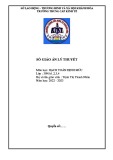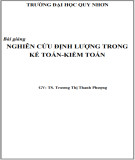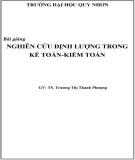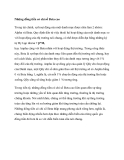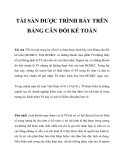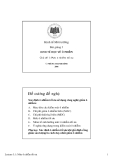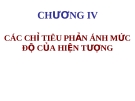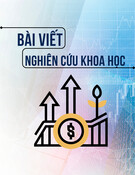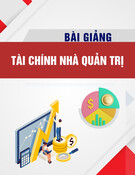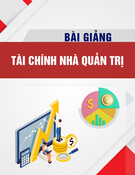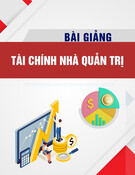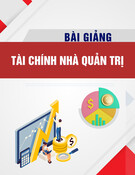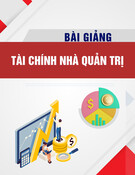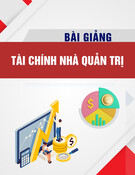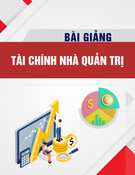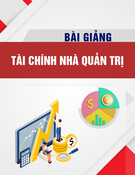
CHAPTER 17
Does Debt Policy Matter?
Answers to Practice Questions
1. a. The two firms have equal value; let V represent the total value of the firm.
Rosencrantz could buy one percent of Company B’s equity and borrow an
amount equal to:
0.01 × (DA - DB) = 0.002V
This investment requires a net cash outlay of (0.007V) and provides a net
cash return of:
(0.01 × Profits) – (0.003 × rf × V)
where rf is the risk-free rate of interest on debt. Thus, the two investments
are identical.
b. Guildenstern could buy two percent of Company A’s equity and lend an
amount equal to:
0.02 × (DA - DB) = 0.004V
This investment requires a net cash outlay of (0.018V) and provides a net
cash return of:
(0.02 × Profits) – (0.002 × rf × V)
Thus the two investments are identical.
c. The expected dollar return to Rosencrantz’ original investment in A is:
(0.01 × C) – (0.003 × rf × VA)
where C is the expected profit (cash flow) generated by the firm’s assets.
Since the firms are the same except for capital structure, C must also be
the expected cash flow for Firm B. The dollar return to Rosencrantz’
alternative strategy is:
(0.01 × C) – (0.003 × rf × VB)
Also, the cost of the original strategy is (0.007VA) while the cost of the
alternative strategy is (0.007VB).
If VA is less than VB, then the original strategy of investing in Company A
would provide a larger dollar return at the same time that it would cost less
than the alternative. Thus, no rational investor would invest in Company B
if the value of Company A were less than that of Company B.
151





